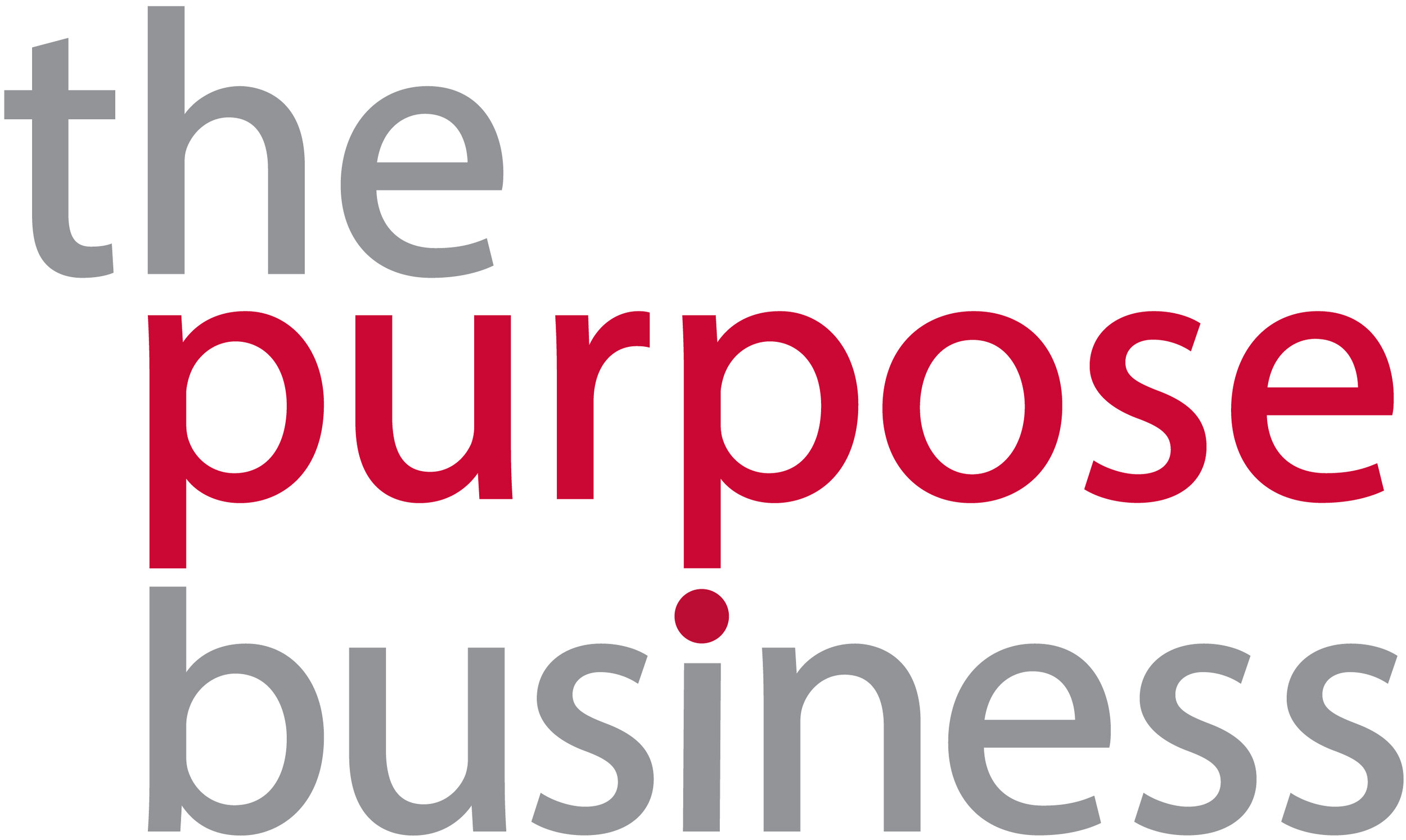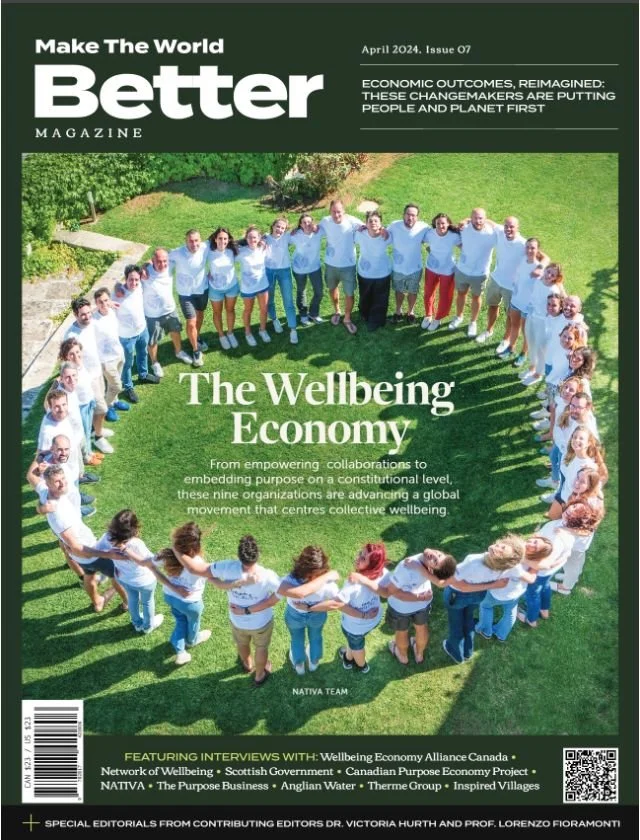ESG and risk: an essential partnership for long term value
Putting a dollar value on environmental, social and governance (ESG) impacts demonstrates the business sense of prioritising ESG management, says Pat Dwyer, Founder and Director.
In the summer of 2019, Hong Kong Exchanges and Clearing Ltd (HKEX) held their latest ESG consultation. The key focus was to support and improve issuers’ governance and disclosure of ESG activities and metrics.
‘Our proposals emphasise the board’s leadership role and accountability in ESG and the governance structure for ESG matters. The consultation also seeks to highlight that materiality in respect of ESG is key to meaningful and concise reporting. Our proposal to require disclosure on climate-related issues echoes the increasing international focus on climate change and its impact on businesses,’ said David Graham, HKEX’s Head of Listing.
At corporates, the top-down approach is key to pushing fundamental change and, while C-suite regard for the importance of ESG is on the rise, it can still be difficult to rally the whole organisation around its business case. This is due to a mix of factors ranging from language and jargon (sustainability means different things to different people), to lack of technical knowledge of ESG issues and putting a dollar value to ESG impacts so that it makes business sense (and is able to compete with other priorities). It is this last factor that many struggle with, yet really is the key to unlocking responsible businesses.
To understand ESG is to view it with a risk lens, to measure it with costs and to reflect on its true value to the business. Corporate governance is traditionally focused on issues such as role and composition of boards, overall business ethics and executive compensation, but in the last decade the ESG issue has pushed itself onto and up the agenda as well. There has been a clear rise in environmental and social issues that require senior leadership’s focus, thus tying into the latest HKEX proposals. ESG-related risks pose unique challenges, prompting the Committee of Sponsoring Organizations and the World Business Council for Sustainable Development to partner to develop guidance to help entities better understand the full spectrum of ESG risks and to manage and disclose them effectively. Their joint report – ‘Enterprise Risk Management: Applying enterprise risk management to environmental, social and governance-related risks’ is essential reading for anyone seeking to understand ESG through the risk lens.
The World Economic Forum’s annual ‘Global Risks Report’, which is informed by nearly 1,000 decision-makers from the public sector, private sector, academia and civil society, has been dominated by environmental risks in recent years, both in terms of likelihood and the impact that they will have. Looking forward, the report identifies extreme weather and climate-change policy failures as the gravest threats of the next 10 years.
Frameworks such as the Task Force on Climate-related Financial Disclosures, the science-based targets that underpin the Paris Agreement and the UN Sustainability Goals with its targets and indicators are providing increasingly accepted and adopted mechanisms for measuring, managing and reporting ESG issues. The process of quantifying issues helps broaden the conversation and helps companies to more easily recognise ESG as fundamental to the conversation on risk.
In simple terms, environmental and social issues can have far-reaching financial implications for a company and while they may not single-handedly dictate the rise and fall of share price, failure to properly manage them will incur costs that could be significant and need to be understood and mitigated.
The cost of operations
The development and delivery of goods and services extends beyond simple procurement these days into complex supply chain management systems. These systems may be spread regionally or globally across different jurisdictions and include different regulatory and compliance laws that need to be accounted for. In extreme cases, some inputs to the supply chain may even be associated with highly illegal activities such as human trafficking or inhuman working conditions. The challenge for business is it could be exposed to hidden, uncontrollable and non-transparent practices. With mounting scrutiny of ethical business practices, the ‘I didn’t know’ defence simply won’t cut it.
Companies are under scrutiny from customers, the media, environmental NGOs and even credit rating agencies, who themselves are ramping up ESG data analysis, according to the United Nations’ Principles for Responsible Investment (PRI). The PRI launched the ‘ESG in Credit Ratings Initiative’ in 2016 and Asia is substantially represented at this body with representatives from the Mainland and Malaysia, and two from Japan (this is consistent with the ESG wave that drove the emergence of a Japanese stewardship code and a growing focus on ESG among Japanese institutional investors, especially pension funds such as the Japanese Pension Investment Fund).
Operationally, increased scrutiny affects the bottom line as companies incur expenses related to supplier audits, minimum resource efficiency performance, implementing required certifications for B2B industries, such as those in the apparel, textile and food and beverage industries, and other means necessary. Failure to properly manage the supply chain and consider the ESG aspects thereof could also result in losses, prime examples being the vehicle recalls following emissions fraud, the safety scandal that hit Chinese pharmaceutical companies following reports of fake vaccines, and Mattel Fisher-Price’s recall of the Rock ’n Play due to infant deaths, which cost the company an estimated US$40-60 million.
The cost of talent
While many of us talk about the future of work – imagining the coexistence of robots and their creators, the truth is that most Hong Kong-listed companies are still very resistant to evolving basic talent pipelines and leadership succession. Companies hire the same way, chasing the top graduates for management trainee positions and retiring those managers anywhere from 60 onwards. However, while these corporates may not have changed much, the outlook of their potential employees has. Fresh graduates today come at a higher cost because they do not only measure value through take-home pay. Millennials, who by next year will make up 35% of the global workforce and will jump to 75% of the global workforce by 2025, also value security, holidays and time off, working with great people and a flexible working environment, according to ManpowerGroup’s ‘Millenial Careers: 2020 Vision’ report.
Before we rearrange office spaces to look like Google’s or WeWork’s, we also need to look at our thinking around talent development. This includes supporting more women from the ground up in STEM (science, technology, engineering and maths), finance and tech careers, giving them workplace support so as not to compromise between family and career. There is also the matter of diversity at board level, which is integral to a company’s long-term financial performance and overall resilience. According to a 2018 EY survey of 60 institutional investors collectively representing US$32 trillion in assets under management, 82% consider this issue a management priority warranting disclosure, while 52% also want companies to disclose their workforce diversity and inclusion actions.
In order to future-proof businesses, the ‘S’ in ESG will need to be budgeted for. In order to be the employer of choice, we need to ensure that our people are engaged and stimulated, benefit from workplace wellness and can see a path for career growth. Gallup’s latest ‘State of the Global Workplace’ report shows that ‘85% of employees are not engaged (18%) or actively disengaged (67%) at work. The economic consequences of this global “norm” are approximately US$7 trillion in lost productivity’. This means that we are paying people full time and, while they may give us 8-10 hours at the desk, they are not fully committing themselves in the role, whereas they might be over shorter hours or under different conditions. These employees are indifferent, likely to jump ship for any new role that seems better (even if not better paid). If we are to manage the cost of talent, this certainly does not look like it has a decent return on investment.
The cost of brand and reputation
Public relations experts have told us time and again that it takes years to build a brand and minutes to crash it. Earlier this year, Ethiopian Air Flight 302 was the second Boeing 737 crisis in four months, tainting the safety records of the renowned aircraft manufacturer. If Boeing suspends production completely we know that safety (an ‘S’ issue) is going to incur costs of operations. It also brings into question the trustworthiness of the brand going forward. For airlines like British Airways and Cathay Pacific, this means costs incurred to mitigate risks for commercial aerospace management, as well as their own brand and reputation on issues such as safety, quality and welfare of both staff and passengers.
Blue Planet I and II have also stirred our attention beyond straws and coffee lids and now consumers are primed to support brands that make them feel like they are part of the solution. Kantar says that as early as mid-2018, ‘44% of polled UK respondents say they have recently become more concerned about single-use plastics, and 70% plan to change their behaviour in some way as a result’. In Hong Kong, up to 5.3 million single- use plastic bottles are thrown out every day and this has given rise to campaigns to reduce this and raise awareness about the problem, such as #plasticfreeJuly and the Hong Kong Rugby Sevens’ Green7s campaign.
Visionary companies tackle ESG as part of leadership and innovation. Many others do so out of compliance. Whichever side of the spectrum you are on, ESG simply makes good business sense. Similar to corporate governance, it is a business necessity that goes beyond corporate citizenship. It is about operating as a responsible and sustainable business – and the cost of not managing it well today will catch up on our balance sheets in the near future.
This article was first published in the September 2019 edition of CSj, the journal of the Hong Kong Institute of Chartered Secretaries published by Ninehills Media Ltd.




